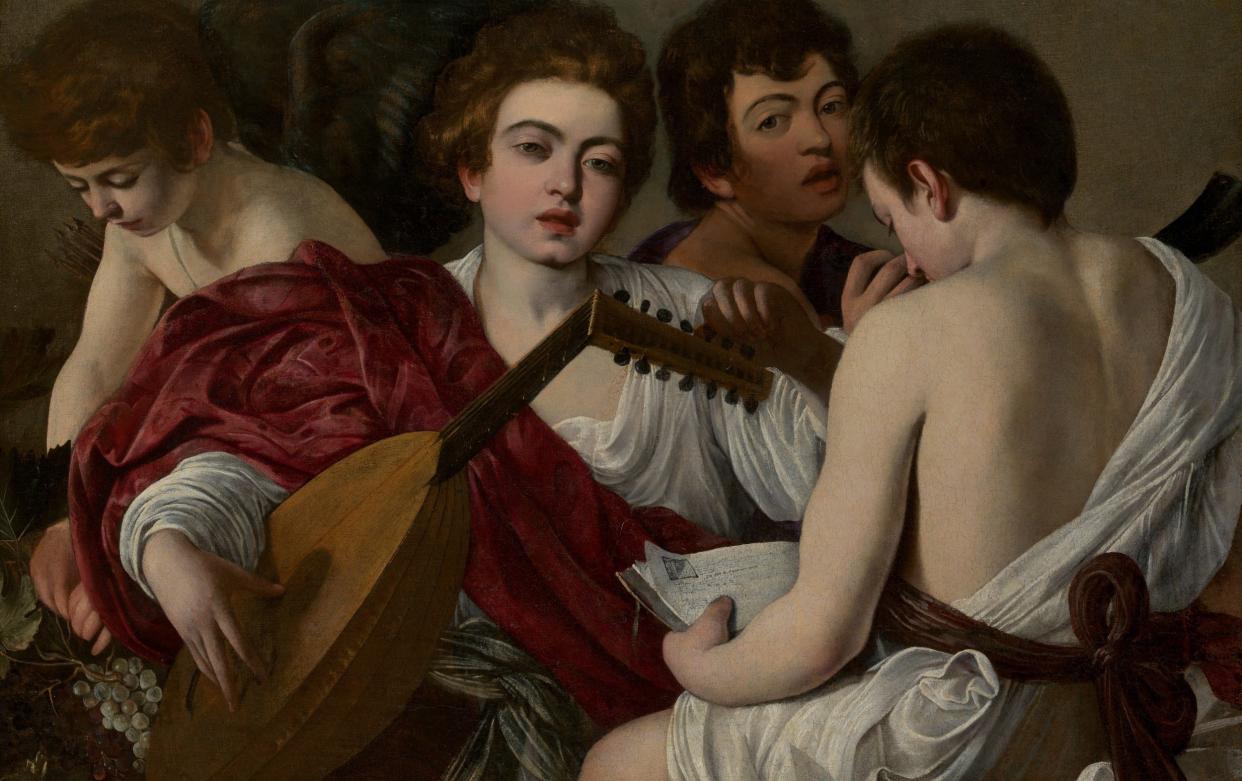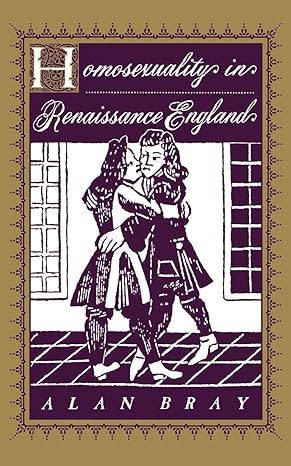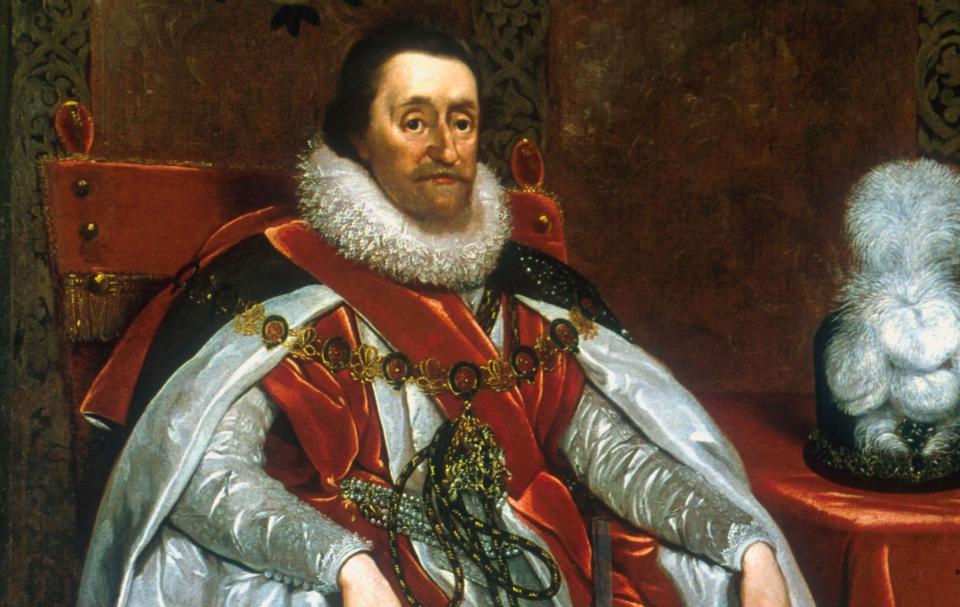What it was really like to be gay in Early Modern Europe

It’s 42 years since an unknown writer called Alan Bray published a hugely influential book, Homosexuality in Renaissance England. Bray was an amateur historian – his day job was with the Inland Revenue. But he had the instincts of a scholar, trying to give the first properly historical account of male-male sexual relations in the England of Shakespeare and Milton. This was a million miles away from the anecdotal ‘Great Homos in History’ approach of previous writers such as A. L. Rowse.
At the same time, Bray was a gay activist. The main historical puzzle which he tried to solve was this: in a society where preachers and moralists denounced sodomy – as it was generally called – as a monstrous aberration, worthy of the severest punishment, why was the actual number of cases brought to the courts so very low? Court records for the Home Counties, for example, yielded only a tiny quantity; Essex, with a population of roughly 100,000, saw not a single prosecution for sodomy in the reigns of Elizabeth and James I, a total of 66 years.
His solution was simple. The reason why sodomites were so rarely prosecuted was that they were widely present in society, and, in effect, widely accepted. All those moralistic denunciations had built up such an extreme picture of depravity that people could not relate it to the unthreatening, day-to-day homosexuality that existed around them ‘on a massive scale’. Prosecutions were prompted only by special factors, such as the use of violence in rape cases.
It’s a tribute to the calm persuasiveness of Bray’s writing that the alarm bells didn’t start clanging immediately. How credible is it that people would have shrugged off the presence of sodomites in their midst, when they happily denounced even ‘simple fornication’ (i.e. between an unmarried man and an unmarried woman) to the authorities? And why, anyway, did he suppose that homosexuality was present on a massive scale? Alas, there was only one plausible answer: the wishful thinking of the activist had trumped the critical thinking of the historian.
Bray’s theory quickly became an orthodoxy, however – and there was a further reason for that. Soon afterwards, studies from Florence, Venice and elsewhere began producing a mass of evidence about male-male sex in the early modern Mediterranean world. The richest source was the archive of a special sodomy tribunal in 15th-century Florence: over a 40-year period, 13,000 men and boys had been implicated, with 2,000 convicted. And all this in a population of distinctly sub-Essex size – around 60,000 in total.

Besides the sheer numbers, these sources also revealed a general pattern of sexual behaviour very different from modern homosexuality. As in ancient Greece, the sex here was between an adult man and a teenage boy. When the boy became fully masculine, he ceased to be desirable; sex between adult males was taboo. And no idea of a special orientation was involved; it was thought that any man could naturally feel desire for a boy, though only sinful ones would act on it. These men were happy to have sex with women too.
And so this whole pattern was lowered like a master-template onto the English evidence, regardless of whether it fitted or not. Among the rare cases in the court records, the ones involving sex with teenagers were highlighted, while the adult-adult ones were conveniently ignored. Satirical poems by writers such as John Donne, mentioning men lusting after boys, were treated as documentary evidence, even though they were plainly imitating literary models from ancient Rome. Historians blindly assumed that London must have been just like Florence, and so were grateful for the get-out-of-jail-free card which Bray had already supplied – the argument that the lack of evidence of widespread sodomy, in England, was more or less proof of just how ‘massively’ common it really was.
And then there was another problem. Starting around 1700, a large amount of evidence appeared of a different kind of homosexual behaviour in England, much closer to the modern variety. Adult men were having sexual relations with other adult men; they were meeting in special places, typically taverns, known as ‘molly houses’, where they could socialise, drink, and have sex in a back room. There were clear signs of a distinct sexual orientation, with some saying that they had no desire for women. At the same time, some adopted feminine mannerisms in the molly houses, with nicknames such as Miss Kitten, Dip-Candle Mary, Miss Sweet Lips and Pea-Green Moll. So historians swiftly declared that a sexual revolution had occurred in about 1700, with the sudden – and totally unexplained – emergence of a so-called ‘third gender’, a.k.a. the modern homosexual.

I came to this subject-matter from the Mediterranean side of the story; my chance discovery of a document in Venice, an investigation into a same-sex scandal in the Venetian embassy in Istanbul in the 1580s, led me to look more generally at male-male sex in the Mediterranean region. But I gradually realised that the pattern of behaviour I found there was simply not replicated in lands further north. Not quite a case of ‘no gay sex please, we’re British’, but rather of ‘no Florentine sex please, we’re northern European.’
This opened my eyes to the fact that so much of the English evidence had been misinterpreted. For example, it is commonly claimed that King James I had a Mediterranean-style sexuality: while married, with children, he also had sex with attractive favourites such as Robert Carr and George Villiers. Yet the evidence of sex with them is vanishingly slight. At the time, the accusation was made only very rarely, for blatantly political purposes. Yes, James was unusually touchy-feely with them at court, sometimes leaning against them for support. But a medical historian has shown that the weakness of his legs, and some other physical symptoms, were signs of mild cerebral palsy.
As for the ‘revolution’ around 1700: the key development here was just a change in policing methods, with agents provocateurs and police raids generating much fuller records; so a poorly documented small minority became a much better documented one. Sex between adult men was not invented then; it crops up clearly enough in the previous records, sparse though they are. At the Maidstone Assizes in 1645, for example, Henry Gibbs of Ashford, a 40-year-old grocer, and William Phillpott, a 50-year-old oatmeal-maker, were convicted of sodomy with each other, and the former was sent to the gallows.
Nor was a sense of sexual ‘identity’ an 18th-century development: in 1587 Anthony Bacon (brother of the famous lawyer and philosopher) was identifying as a distinct type of person when he told his servant that “there is nothing wrong with being a bugger and a sodomite.” And while the fashion for socialising probably accelerated in the laxer world of Restoration London, we know that as early as 1632 there were weekly gatherings of ‘sodomites’ in a private house in Southwark.

Men with no sexual interest in women can be found in much earlier periods too. As for effeminate behaviour: yes, some men indulged in camp fun and games inside the molly houses, but this had no implications about a new gender identity in their everyday life. The only people to have invented an entire ‘third gender’ for this period are modern historians – not the mollies themselves.
But still: although these early modern English sodomites, both pre- and post-1700, differed in some ways from modern homosexuals, they were, we might say, their true ancestors. The so-called ‘emergence of modern homosexuality’ did not happen suddenly and inexplicably – it developed, gradually, from these pre-modern proto-homosexuals. The one thing most in need of explanation is what has been taken for granted: the behaviour of the boy-chasing heterosexual men of the Mediterranean region. But that is another story.
Noel Malcolm’s Forbidden Desire in Early Modern Europe is published on 25 January

